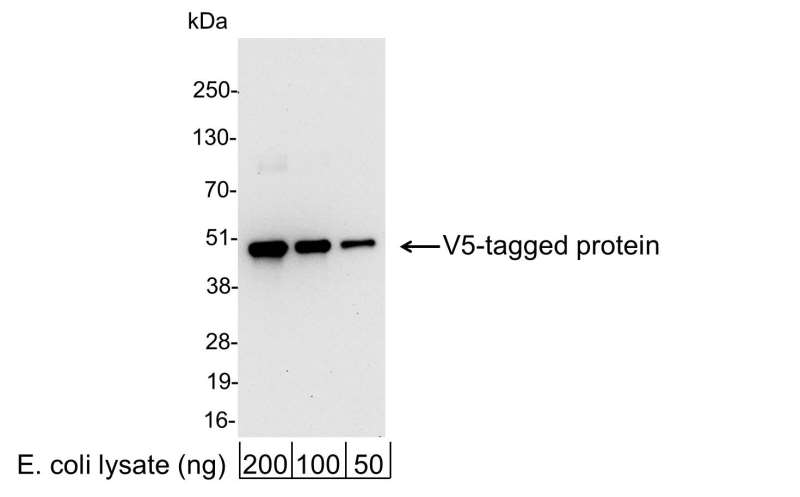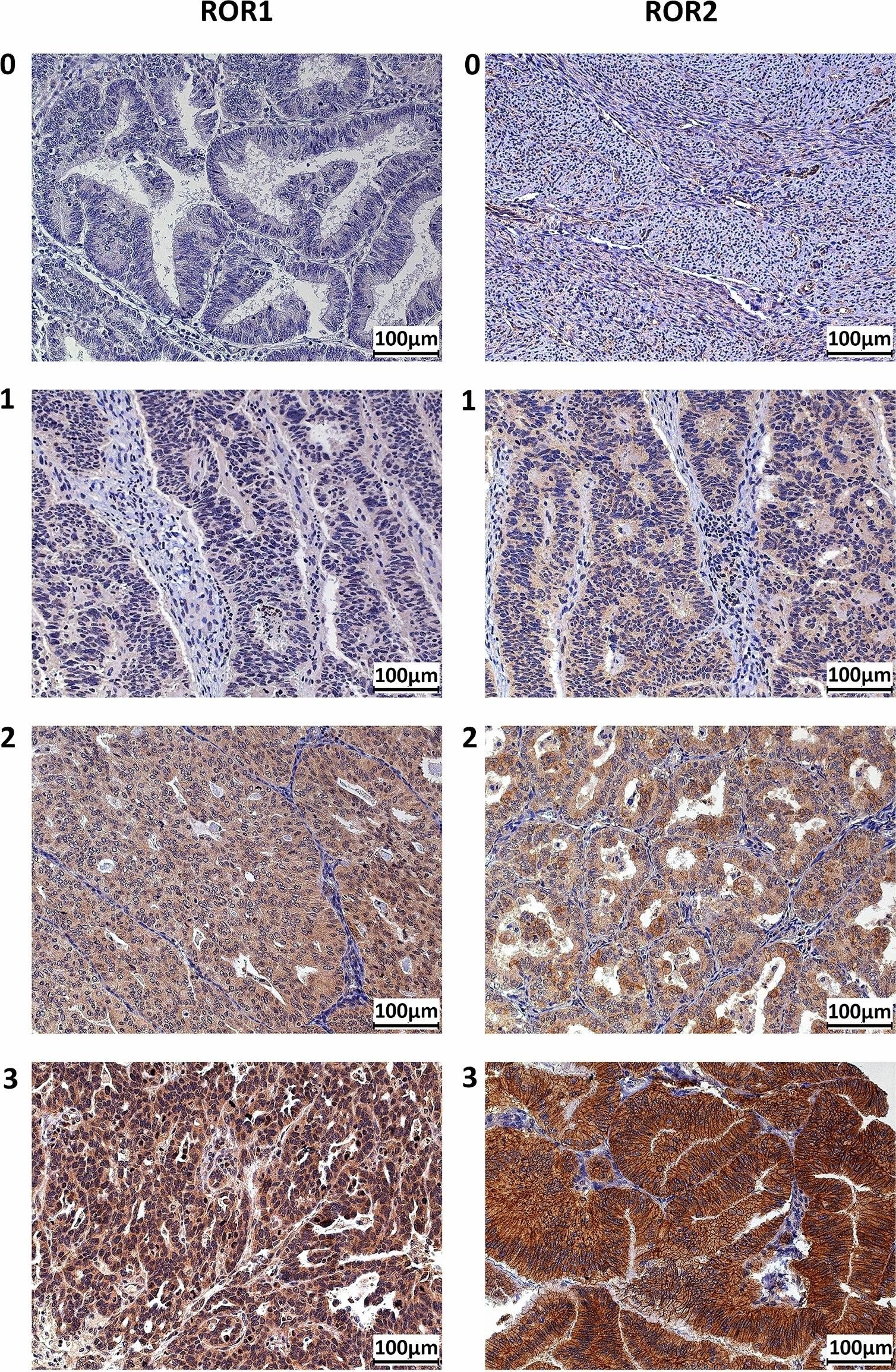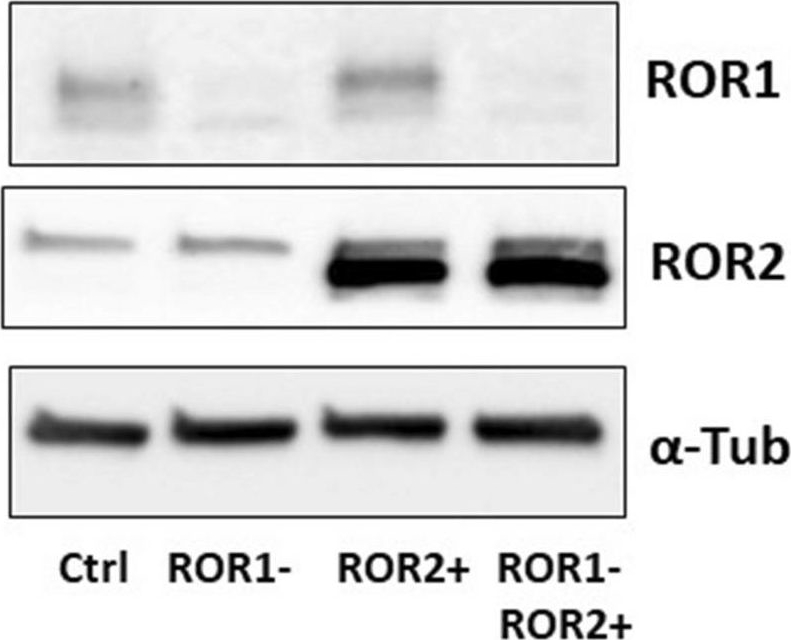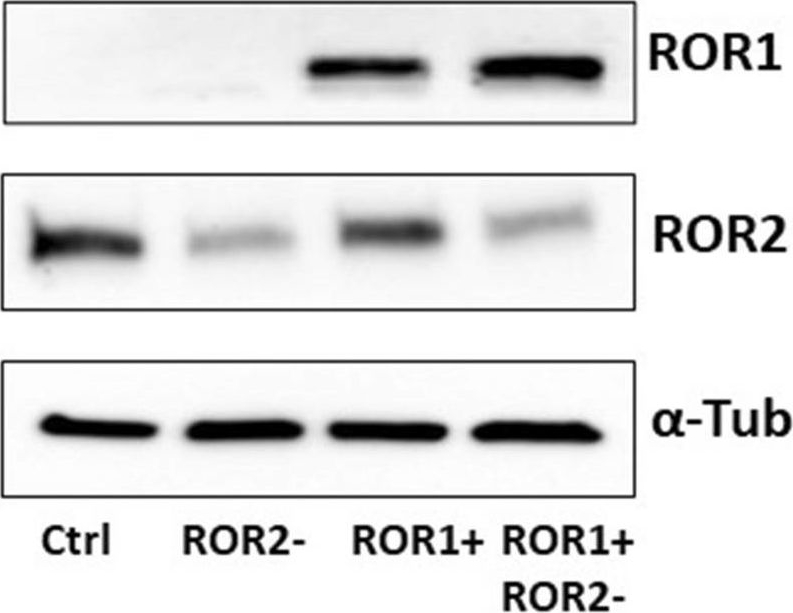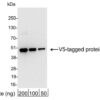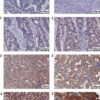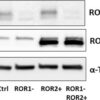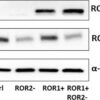Anti-V5 Antibody, HRP conjugate (18870P)
$513.00
SKU: 18870P
Categories: Antibody Products, Epitope Tag Antibodies, Products
Overview
Product Name Anti-V5 Antibody, HRP conjugate (18870P)
Description Anti-V5 HRP Rabbit Polyclonal Antibody
Target V5
Species Reactivity V5
Applications WB,IHC,ICC,ELISA
Host Rabbit
Clonality Polyclonal
Isotype Whole IgG
Conjugate HRP
Conjugate Ratio HRP, Molar enzyme/antibody ratio = 4:1.
Immunogen Synthetic peptide corresponding to aa 95-108 (GKPIPNPLLGLDST) of RNA polymerase alpha subunit of simian virus 5 conjugated to KLH.
Source Escherichia coli
Properties
Form Liquid
Concentration 1.0 mg/mL
Formulation Phosphate Buffered Saline (PBS) containing 0.2% BSA and 0.05% Pro-Clean 400
Buffer Formulation Phosphate Buffered Saline
Buffer pH pH 7.2
Buffer Anti-Microbial 0.1% Pro-Clean 400
Buffer Protein Stabilizer 0.2% Bovine Serum Albumin
Format Purified
Purification Purified by peptide immuno-affinity chromatography
Purity Greater than 95% as determined by SDS-PAGE and RP- HPLC
Specificity Information
Specificity Antibody was affinity-purified on the peptide.
Target ID V5
Research Areas Epitope Tags
Background The V5 epitope tag represents aa 95-108 (GKPIPNPLLGLDST) derived from RNA polymerase alpha subunit of simian virus 5.
Application Images





Description Detection of V5-tagged Protein by western blot. Samples: 200, 100, or 50 ng of E. coli whole cell lysate expressing a multi-tag fusion protein. Antibodies: Affinity-purified, HRP-conjugated, rabbit anti-V5 antibody 18870P used for WB at 0.2 µg/ml (1:5,000). Detection: Chemiluminescence with an exposure time of 30 seconds.

Description ROR1 and ROR2 protein expression as measured by immunohistochemistry. Representative images of score 0 (absence), 1 (weak), 2 (moderate), 3 (intense) for both ROR1 and ROR2.

Description ROR1 knockdown and ROR2 overexpression significantly decreased proliferation and migration of KLE. (A) ROR1 mRNA expression level was reduced significantly without changing ROR2 following single ROR1 siRNA transfection. ROR2 mRNA expression level was elevated significantly with no changes in ROR1 mRNA level following single ROR2 plasmid transfection. Cotransfecting ROR1 siRNA and ROR2 plasmid significantly reduced ROR1 while increased ROR2 at mRNA level. (B) Representative western blot membranes showed effective delivery of ROR1 siRNA and/or ROR2 plasmid in KLE. (C) ROR1 knockdown and ROR2 overexpression significantly reduced the cell proliferation after 48 h and 72 h (p = 0.043 and 0.004 respectively). (D): ROR1 knockdown and/or ROR2 overexpression had no effect on adhesion to collagen or fibronectin. (E): ROR1 knockdown and ROR2 overexpression decreased KLE migration ability significantly (p = 0.037). (F) No significant change was observed for invasion following ROR1 knockdown and/or ROR2 overexpression. For all panels n = 3, error bars represent standard deviation of the mean, *p < 0.05.

Description ROR1 overexpression and ROR2 knockdown play different roles in MFE-296. (A) ROR2 mRNA level was reduced significantly without changing ROR1 following single ROR2 siRNA transfection. ROR1 mRNA level was increased significantly with no change in ROR2 following single ROR1 plasmid transfection. Cotransfecting ROR2 siRNA and ROR1 plasmid significantly reduced ROR2 while increased ROR1 at mRNA level. (B) Representative western blot membranes showed effective delivery of ROR2 siRNA and/or ROR1 plasmid in MFE-296. (C) No significant change of proliferation was observed after 48 h or 72 h following ROR1 overexpression and/or ROR2 knockdown. (D) ROR2 knockdown and/or ROR1 overexpression had no effect on adhesion to collagen or fibronectin. (E) ROR1 knockdown and/or ROR2 overexpression did not change MFE-296 cell migration significantly. (F) No significant change was observed for invasion following ROR2 knockdown and/or ROR1 overexpression. For all panels n = 3, error bars represent standard deviation of the mean, *Significant at p < 0.05.
Handling
Storage This antibody is stable for at least one (1) year at 2-8°C.
Dilution Instructions Dilute in PBS or medium that is identical to that used in the assay system.
Application Instructions Immunoblotting: use at a dilution of 1:1,000- 1:30,000.
Immunocytochemistry: use at a dilution of 1:200-1:500
ELISA: use at a dilution of 1:10,000- 1:100,000
These are recommended dilutions.
Endusers should determine optimal dilutions for their applications.
Immunocytochemistry: use at a dilution of 1:200-1:500
ELISA: use at a dilution of 1:10,000- 1:100,000
These are recommended dilutions.
Endusers should determine optimal dilutions for their applications.
References & Data Sheet
References Tsurumi A et al. 2011. PLoS Genetics 7: e1002086. Xia F et al. 2008. BloS Biology 6: e128.
STAT is an essential activator of the zygotic genome in the early Drosophila embryo. PLoS Genet (2011) [21637778]
STAT is an essential activator of the zygotic genome in the early Drosophila embryo. PLoS Genet (2011) [21637778]
Data Sheet  Download PDF Data Sheet
Download PDF Data Sheet
 Download PDF Data Sheet
Download PDF Data Sheet

